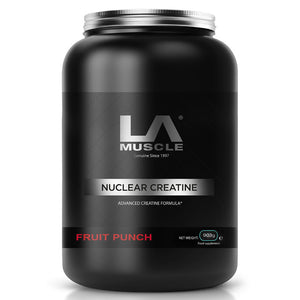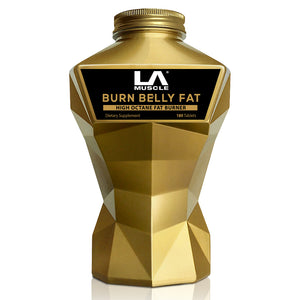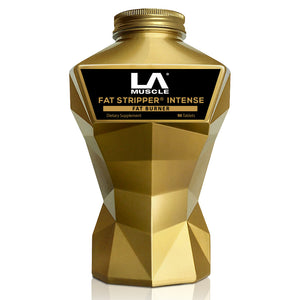
"Functional strength training" is a term that can cause some confusion. For instance, what makes tricep extensions or chest presses functional? They aren't movements you perform during a typical day at work or home.
Although you may not do these exact exercises every day or week, you use these muscles every day, whether you realise it. In that situation, functional strength training comes into play: Training your body to perform movements better during your daily life is all about functional strength training.
You can build stronger, more flexible, and more agile muscles to perform daily activities more comfortably and efficiently with fitness training. Participants in one study, for example, made significant improvements in strength, agility, coordination, and aerobic capacity after 16 weeks of basic exercises aimed at improving functional fitness. Another study shows a positive correlation between functional fitness and quality of life.
Daily functional movements
We perform daily routine tasks that cause our bodies to undergo a variety of motions, including lifting, reaching and pulling, power, and balancing.
There are many tasks we perform in our daily lives that require combinations of many types of movement. That's one definition of functional movement: coordinating several body parts or movements (like strength and stability) is part of what a functional exercise or motion entails.
Exercises that are essential for functional movement
Strength training is essential to improve your ability to perform these basic daily movements. The following are some of the basic functional exercises to help you reach your full potential. Performing these exercises a few times weekly will help you obtain a greater level of confidence and also allow you to do your daily tasks effortlessly. There is no need to reserve a specific time, place, or outfit for these workouts, as they can be done anywhere.
Push-ups: Can be done anywhere and anytime to keep your chest, arms, and abs toned.
Squats and lunges: Helps you strengthen your knees, quadriceps, and hips.
Jumping jacks : Whole body and explosive workout.
Tricep dips : Helps you strengthen your triceps.
How to maximise functional training
There is no one-size-fits-all approach to functional training. Every person experiences benefits and drawbacks differently depending on their goals, how they exercise and etc.
You can achieve similar results with various exercise styles. For example, runners can increase their speed by strengthening only a few leg muscles. However, you can improve your fitness by doing functional training and other exercises.
Exercise safely
Functional training is still susceptible to injury risks, even though it is less harmful than other types of exercise. Use proper form when performing intense functional movements. If you have any concerns regarding starting an exercise program, speak with your physician.


























